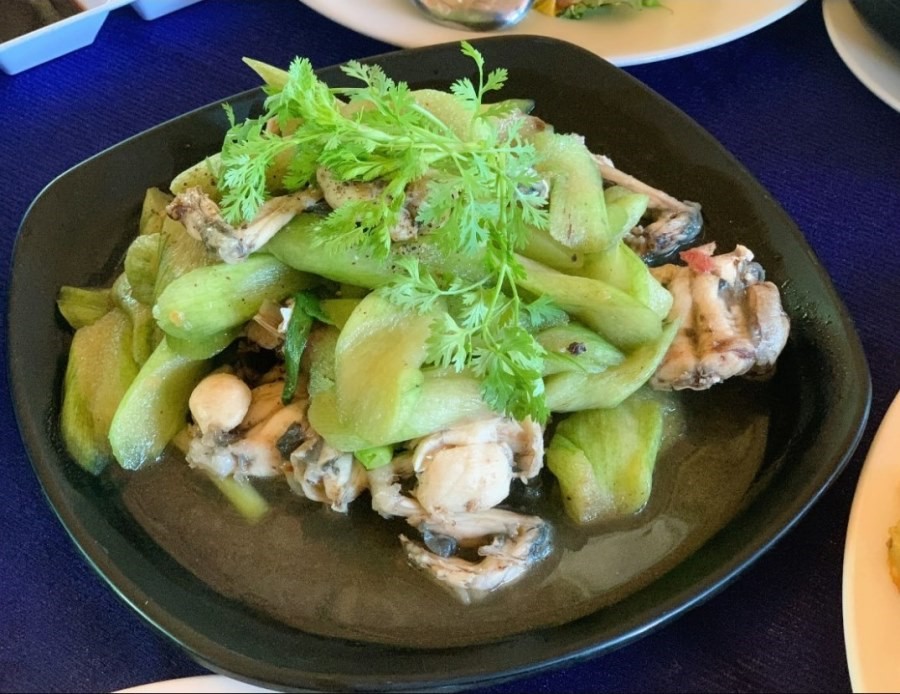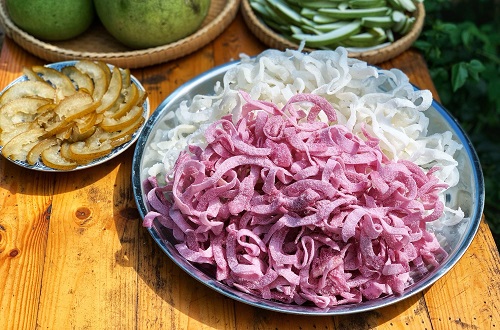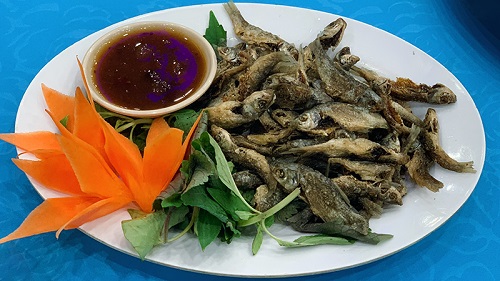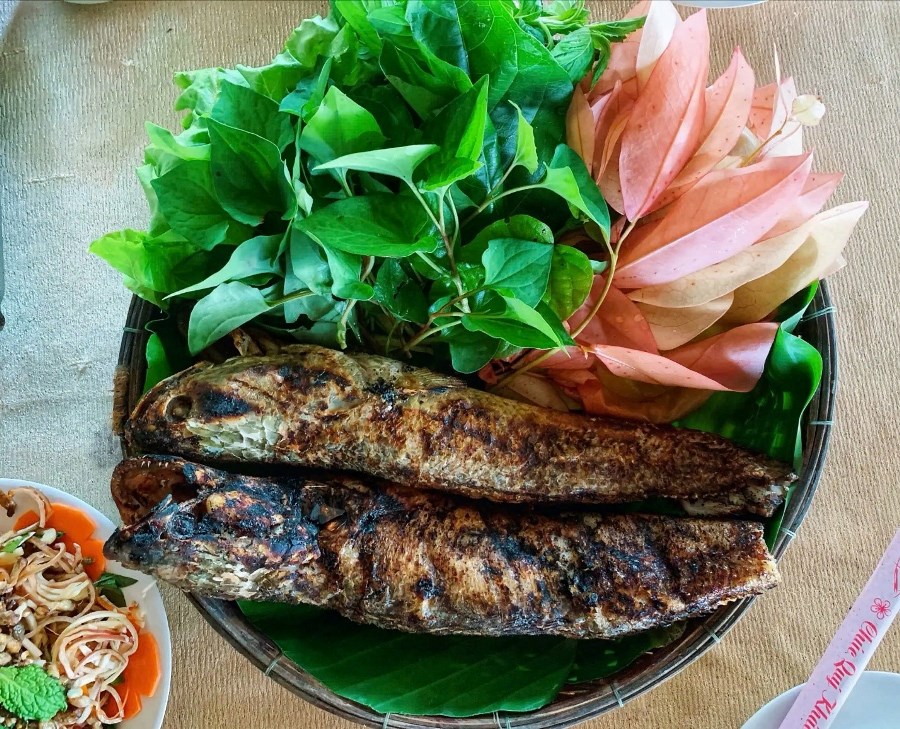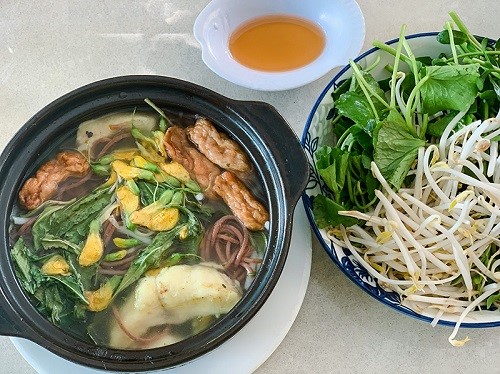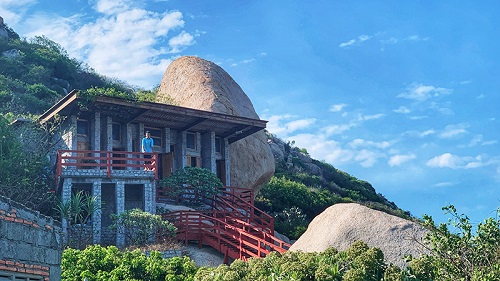
This year, Vietnam’s tourism sector aims to welcome 25-28 million international visitors, maintain an annual domestic tourist growth rate of 8-9%, and contribute 8-9% to GDP directly. This target is 1.5 times higher than in 2024. However, experts believe it is achievable with the right strategies and effective utilization of Vietnam’s tourism potential through sustainable development.
In recent years, Vietnam’s tourism sector has significantly shifted towards green tourism activities. Experts predict that three types of tourism will attract visitors to Vietnam this year: green, nighttime, and heritage.
Green and sustainable tourism has flourished in Vietnam in recent years, with tourist destinations increasingly focusing on green experiences that engage and protect the environment. Quang Nam has pioneered this movement, implementing a set of green tourism criteria applied to six models: resorts, hotels, homestays, travel agencies, attractions, and community-based tourism sites. Currently, 25 tourism businesses in accommodation, attractions, and travel services have been certified as green tourism enterprises by the Quang Nam Provincial People’s Committee. The province also offers unique green tourism experiences, such as boat tours combined with waste collection and tree planting.
Eco-tourism experiences have also gained popularity across the country. Turtle conservation tours at Con Dao National Park (Ba Ria - Vung Tau) and Nui Chua National Park (Ninh Thuan), coral restoration activities in Phu Quoc (Kien Giang), Nha Trang (Khanh Hoa), and Cu Lao Cham (Quang Nam) have attracted many visitors. In Can Tho, sustainable tourism initiatives are embraced by establishments such as Mekong Silt Ecolodge and Victoria Can Tho Resort. At Mekong Silt Ecolodge, for example, guests can participate in eco-friendly workshops, such as organic soap making and sustainable dining experiences.
Meanwhile, heritage tourism has strongly impacted over the past two years, particularly in culturally rich destinations such as Hanoi, Ho Chi Minh City, Hue, Quang Nam, Ninh Binh, and Quang Ninh. Beyond traditional cultural festivals, these destinations have innovated their heritage tourism products by incorporating modern technology and immersive experiences. Notable examples include Hoi An Memories (Quang Nam), Legends of the Fishing Village (Binh Thuan), The Quintessence of Vietnam (Phu Quoc, Kien Giang), and The Quintessence of Tonkin (Hanoi).
Closely linked to heritage tourism, nighttime tourism has also become a growing trend. Night heritage tours have been successfully implemented in Hanoi, such as Decoding the Thang Long Imperial Citadel, Sacred Night at Hoa Lo Prison, and The Essence of Confucianism at the Temple of Literature – Quoc Tu Giam. Additionally, nighttime tourism is expanding through night markets and pedestrian streets in Ho Chi Minh City, Hanoi, and Can Tho, as well as night safaris in Cuc Phuong National Park, Nam Cat Tien National Park, Bu Gia Map National Park, and Phu Quoc.
Source: Cantho News - Translated by Hoang Dat







